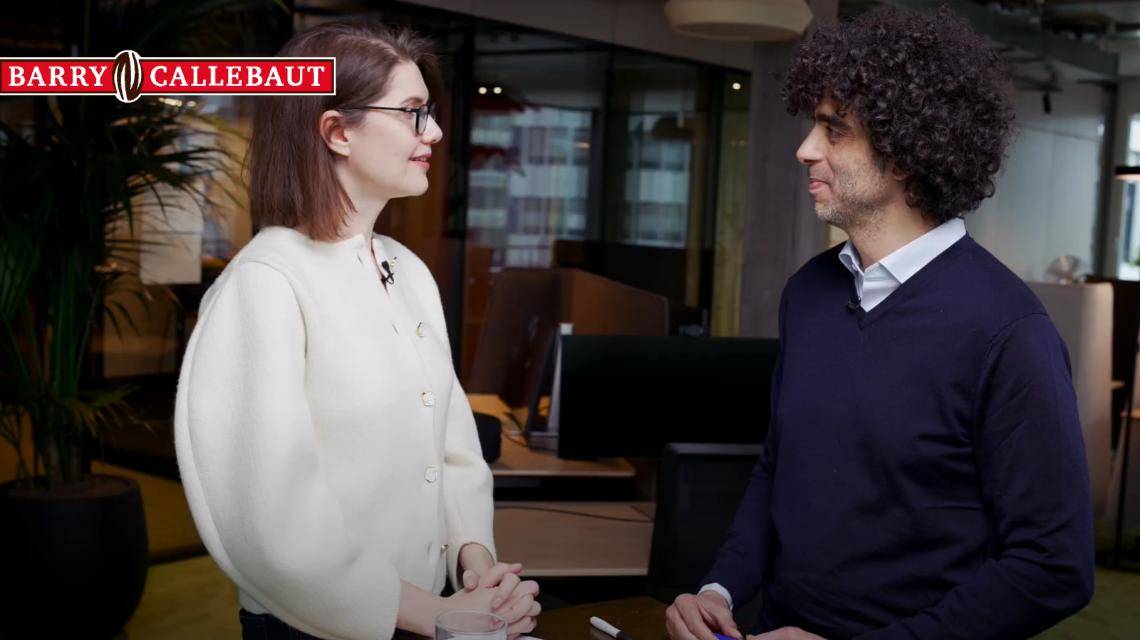Navigating EUDR: Barry Callebaut’s path to sustainable excellence
Navigating EUDR: Barry Callebaut’s path to sustainable excellence
The EU Regulation on Deforestation-free products (EUDR) is a flagship legislative initiative under the broader EU Green Deal, the plan to make Europe the first climate neutral continent. The objective of the Regulation, which will apply from December 30, 2024, is to reduce global deforestation and forest degradation, while also bringing down greenhouse gas emissions and biodiversity loss. Looking at the trend of global land conversion in the past decades - about 90% of deforestation between 1990 and 2020 corresponds to land use change from forest to agriculture - the new law covers seven commodities linked to deforestation, amongst which cocoa and palm oil, as well as derived products, such as chocolate. It is a highly ambitious, yet incredibly challenging endeavor which requires transformative action in the respective supply chains.
What does EUDR mean for the cocoa and chocolate industry?
The Regulation acts as an assurance policy that no cocoa linked to deforestation enters the EU market. For the cocoa and chocolate companies, it means:
- being able to trace their cocoa to the exact plot of land where it was grown,
- ensure that it was produced in accordance with national laws, and
- verify that the land where cocoa was grown was not deforested after December 2020.
Given the complexity of the cocoa supply chain, getting such a granular understanding of cocoa production is a highly challenging task. This is mainly due to the fact that cocoa is a driver for land use change in forest landscapes and is mainly grown on land converted from forests. At least 50% of cocoa expansion since the 1960s has been at the expense of forests1. At the same time, most of the world's cocoa is cultivated by smallholder farmers who work on multiple fields, owning some of the plots while leasing others.
1 Kroeger et al, 2017, Eliminating Deforestation from the Cocoa Supply Chain
Our three-step approach to meet EUDR requirements
With such a challenge at hand, we have looked into overlaying effective, science-based tools and protocols to address the requirements of the Regulation, while building on the solid foundation of our sustainability plan, Forever Chocolate. As a result, our approach is structured around:
- Sourcing guiding principle,
- Due diligence toolbox and
- Forest protection.
Let’s have a closer look at how these elements are essential pieces in the pathway-to-compliance puzzle:
Deforestation risk underpinning sourcing principles
Our sourcing guiding principles allow us to assess the risk of cocoa supply chains being connected to deforestation or illegal farming practices. To achieve this, we focus on in-depth country and sub-country analysis, evaluating current and future risks of conversion of forests to cocoa.
This analysis is combined with an assessment of our supply chain, where we are looking at factors such as the overlap of mapped cocoa plots with forests or protected areas and evidence of deforestation in the vicinity of the cocoa plots. Merging these data allows us to designate a high-, medium-, or low-risk level for our sourcing areas and tailor our risk mitigation interventions accordingly.
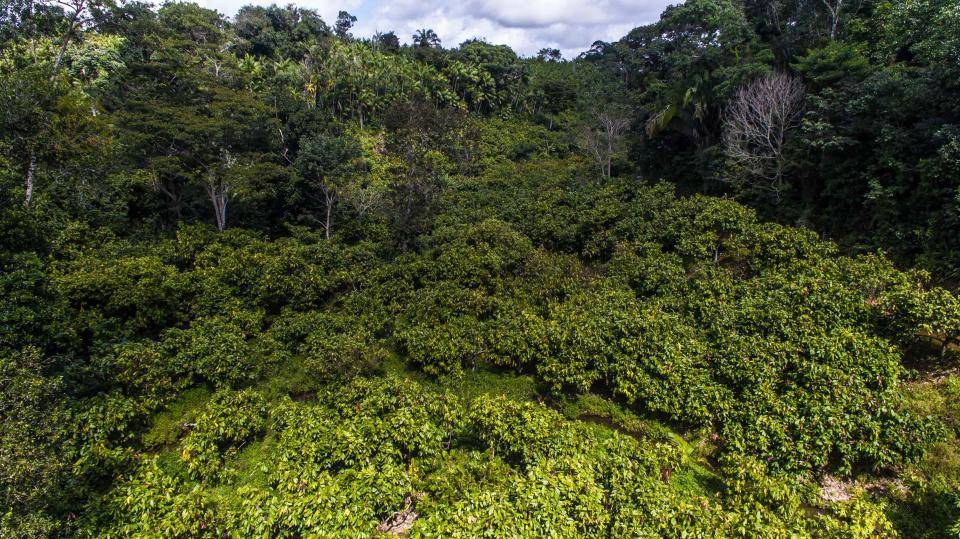
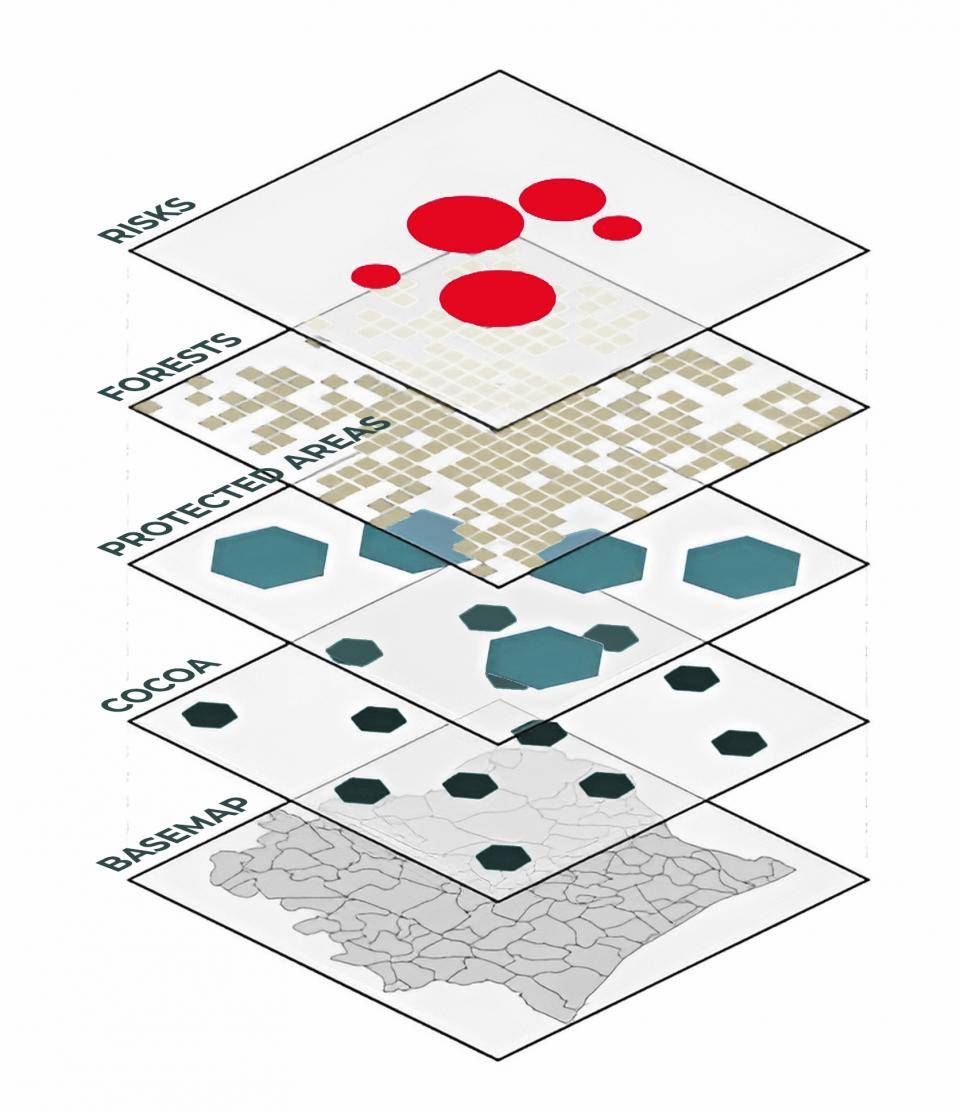
Innovating compliance: Our advanced toolbox for a sustainable supply chain
Complementary to our sourcing guiding principles, we have developed a robust due diligence toolbox, which combines various protocols and tools to assess and mitigate deforestation risks.
We overlap publicly available, peer-reviewed land cover maps to effectively identify land use associated with mapped polygons in our supply chain. We have also embedded in our approach real-time deforestation monitoring through satellite monitoring systems equipped with high-resolution imagery to detect forest disturbance. The key findings of this system will be shared with relevant forest monitoring institutions in cocoa producing countries.
We are also strengthening our yield control system to adequately mitigate the risk of infiltration of deforestation-related cocoa in our supply chain. Given that most cocoa producing countries have significant yield variations from one region to the other, while the complexity of the supply chain allows for infiltration to happen at various stages, such as farm or farmer group levels, the yield control mechanism has to be evidence-based and regionalised to effectively address the risk of mixing of compliant and non-compliant cocoa.
Specifically, we will work with robust data - such as location, weather patterns, soil profile, tree age, etc - when determining yield estimates to cap volumes procured per plot, and will compare them against internal delivery information per farmer and farmer organization. We will also embed these thresholds into our first mile traceability system, allowing for automatic identification during the procurement stage.
Furthermore, we are currently developing an encompassing grievance mechanism tool, which will enable all stakeholders to voice their concerns regarding EUDR compliance. Our responses to grievances will be tailored to the type of complaint, varying from engagement with other stakeholders in our supply chain to support for right holders and landscape-level action for remediation.
Advancing forest protection to comply with EUDR
Another key pillar in our approach is forest protection. The latest large-scale study2 looking into deforestation drivers and efficient reduction factors highlights that forest protection intervention is one of the most impactful strategies to mitigate the risk of deforestation. As an actionable step, we will engage in forest protection activities in landscapes where cocoa is at risk of being associated with EUDR non-compliance.
With a clear cut-off date embedded in the Regulation, we cannot undo the harm that was already done. However, we can focus on protecting the existing forests by discouraging further encroachment for cocoa expansion, contributing to EUDR’s objective of halting deforestation while supporting cocoa farmers’ access to the European market.
The Regulation is very clear on the outcomes companies have to achieve to have access to the EU market - robust traceability, respect for local laws, negligible risks of deforestation in the supply chain - yet, it is less prescriptive on the systems companies should employ to achieve these outcomes. This is where our strategy is both smart and effective - It is a research-based pre-emptive approach to deforestation. Nicolas Mounard, VP ESG, Sustainability and Traceability, explains ”With a clear cut-off date (December 31, 2020) embedded in the Regulation, we cannot undo the harm that was already done. However, we can focus on protecting the existing forests by discouraging further encroachment for cocoa expansion, contributing to EUDR’s objective of halting deforestation while supporting cocoa farmers’ access to the European market”.
In line with our commitment to drive impact beyond our supply chain, we will enhance our engagement with key stakeholders to promote a forest protection agenda and contribute to global climate and biodiversity goals in collaboration with cocoa exporting countries.
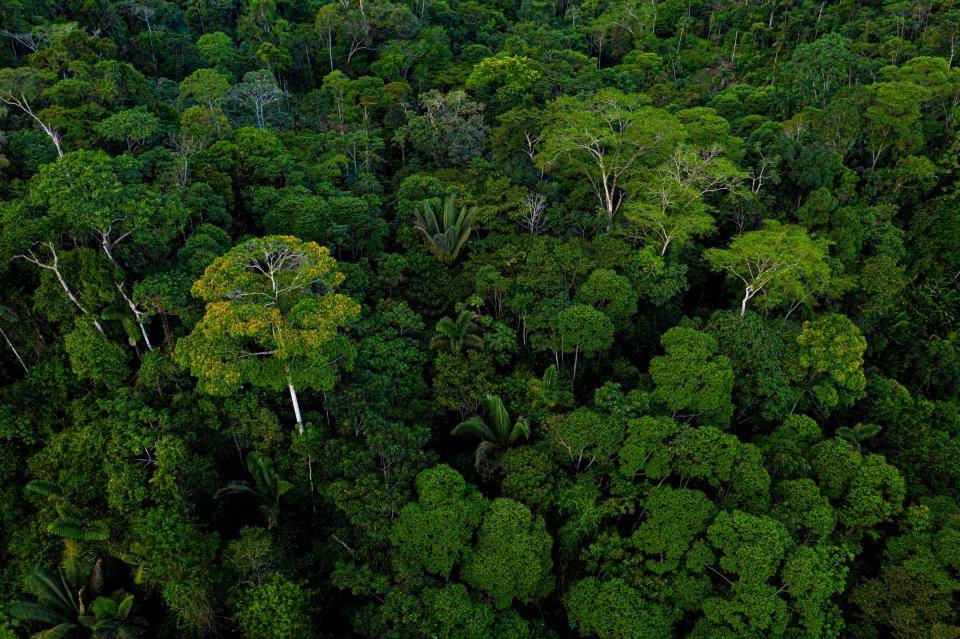
How does EUDR fit into our Forever Chocolate sustainability ambitions?
Last year, we presented a set of sharpened targets for Forever Chocolate, our plan to make sustainable chocolate the norm. We aim to drive long-term system change in the cocoa supply chain, for which an enabling policy environment and public intervention are essential. In this sense, EUDR plays a pivotal role, as it creates a level playing field for the industry and significantly raises the bar for cocoa environmental sustainability.
Having a closer look at our Thriving Nature targets, we are very much aligned with the global climate and biodiversity agenda, by committing:
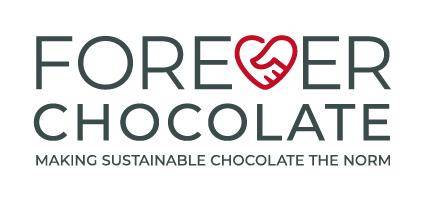
- To be forest positive by 2025,
- to decarbonize our footprint in line with the global efforts to cap global warming at 1.5 degrees by 2030, and
- to become a net-zero company by 2050.
Ultimately, for an impactful and sustainable transformation of the cocoa supply chain, establishing a common vision and working towards the same goals with all stakeholders is the key to success. We are very proud that our ambitious sustainability agenda is aligned with the global climate goals and the upcoming EU Deforestation-free Products Regulation.
Zooming in on EUDR objectives, which are also centered on carbon emission reduction and halting deforestation, it is inspiring to see such a high level of congruence between our company's vision and that of key societal stakeholders. Nicolas Mounard sums up “Ultimately, for an impactful and sustainable transformation of the cocoa supply chain, establishing a common vision and working towards the same goals with all stakeholders is the key to success. We are very proud that our ambitious sustainability agenda is aligned with the global climate goals and the upcoming EU Deforestation-free Products Regulation”.

